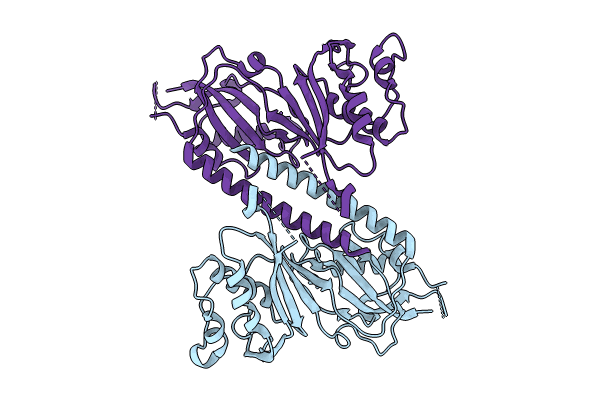
Deposition Date
2024-05-08
Release Date
2024-07-10
Last Version Date
2024-07-24
Entry Detail
PDB ID:
9F9Q
Keywords:
Title:
Human apo pseudouridine synthase 3 (PUS3 D118A mutant)
Biological Source:
Source Organism:
Homo sapiens (Taxon ID: 9606)
Host Organism:
Method Details:
Experimental Method:
Resolution:
6.50 Å
Aggregation State:
PARTICLE
Reconstruction Method:
SINGLE PARTICLE


